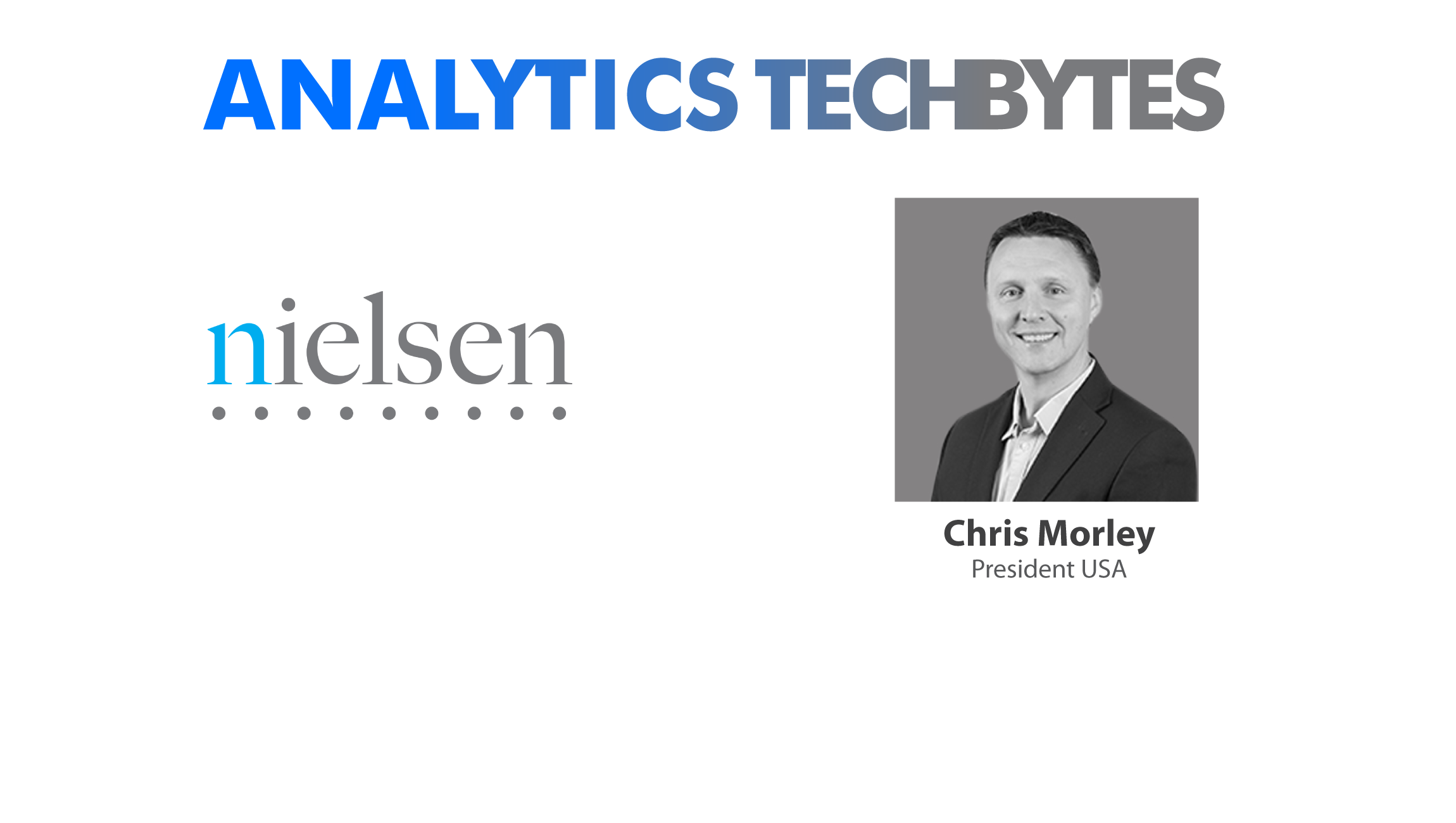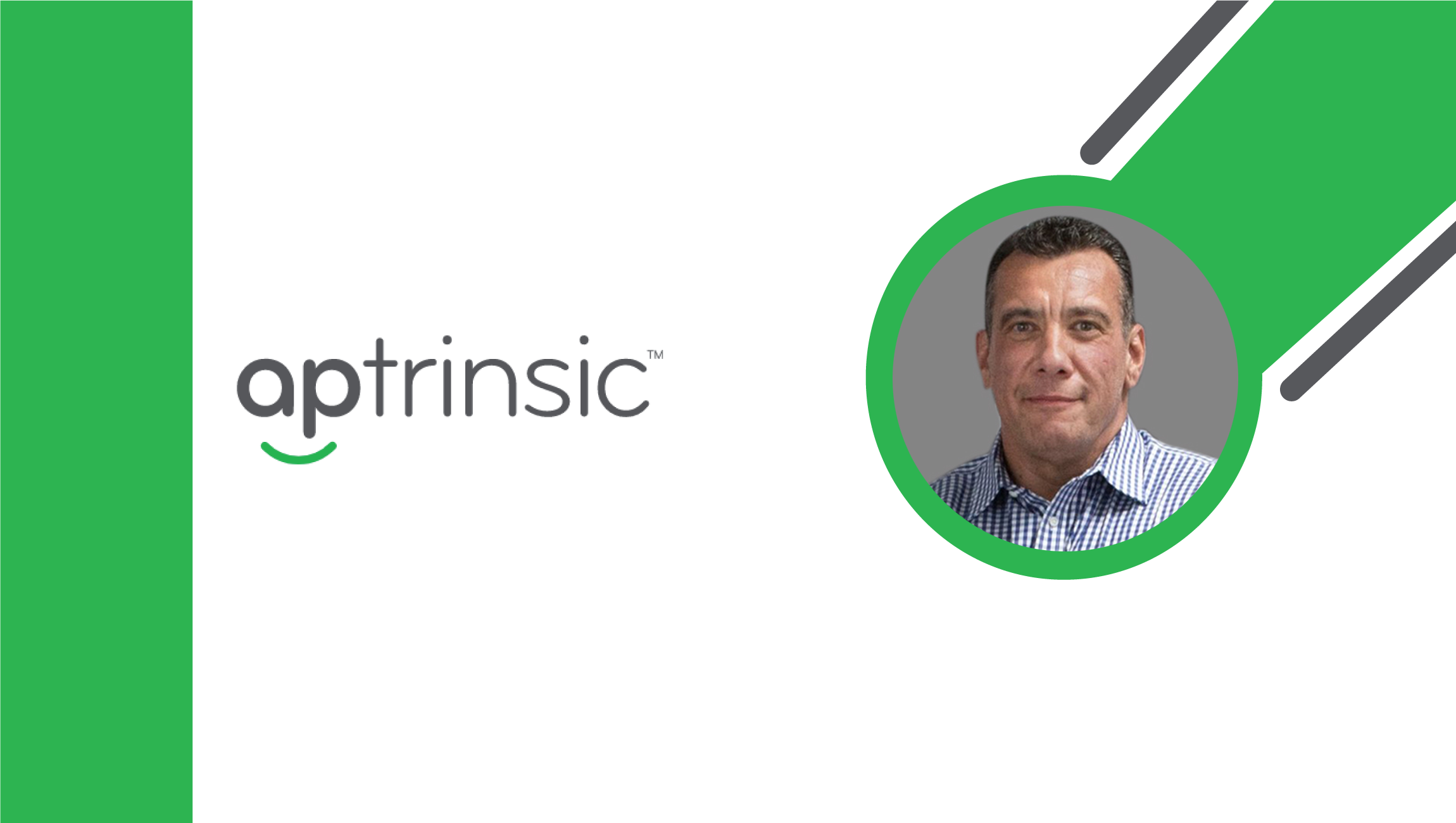Chris Morley
President USA, Nielsen
Earlier this year, leading global information and Measurement Company Nielsen had announced the launch of “Nielsen AI”, and “Connected System” for the FMCG industry. With Nielsen AI, marketers can move beyond customer segments, to gain actionable insights for granular audience targeting. We spoke to Chris Morley, President, US, Nielsen, to understand how Nielsen’s Connected System would help align technology and data for smoother collaboration across the business.
Html code here! Replace this with any non empty text and that's it.
MTS: What is the idea behind launching the Connected System?
Across the FMCG industry, growth has slowed, and it likely won’t speed up anytime soon. Our forecasts show growth remaining around 1%-2% for the next few years. In addition, shoppers are fragmented across retail options—from e-commerce and meal kits to out of home choices, including restaurants. To combat this, many FMCG brands and retailers are hard at work adapting to today’s evolving marketplace, and many have devoted specialized teams to each problem. This approach creates siloed groups investing in the latest data and technology while still finding it hard to determine the wider business impact.
The Nielsen Connected System was created to help our clients break down these barriers by delivering actionable, coordinated decision making. This seamlessly aligns organizations around what’s happening with their business, pinpoint why and quickly identify actions on what to do next.
The Nielsen Connected System is the industry’s first truly open, cloud-based, highly scalable technology platform designed with and for decision-makers across FMCG and retail companies to foster collaboration and align organizations to achieve sustained, profitable growth in today’s ever-evolving industries.
At Nielsen, we’ve worked to expand our measurement and become more open and connected in today’s increasingly interconnected ecosystem. The “what, why and what’s next” begins and ends with measurement. At a time when our clients are grappling with new changes, new challenges, changing consumer behaviors, new competitors and even new business models, we have the unique opportunity, as Nielsen and only Nielsen, to align organizational decision-making across our clients using one open Nielsen system.
The Connected System encompasses the widest range of data, analytics and role-based applications from Nielsen and a rapidly expanding group of Connected Partners. With the Connected System, we enable collaboration across businesses and partners — allowing you to work where, when and with whom you want to seamlessly, with one true source of data.
Now more than ever, the industry needs new tools to help align businesses to the right resources to create forward momentum through data fueled decisions and analytics. By connecting your data and technology you create a common set of goals to not only respond to what’s next but drive the profitable growth you are seeking.
MTS: How would marketers and retailers benefit from the new connected ecosystem to create personalized campaigns?
The Nielsen Connected System provides manufacturers and retailers the opportunity to create stronger personalized campaigns that are rooted in both consumer demographics and their direct shopping behavior through our Nielsen Catalina Solutions database. Rather than relying on household panel data alone, the Connected System leverages the vast amounts of integrated data sets that look beyond probable targets, rather than a classic CRM approach.
Marketers and retailers tapping into the Nielsen Connected System would have the ability to uncover strategies that work well for personalized campaigns understanding the tactics and mechanisms that influence consumers’ behavior and how to plan, activate and measure data seamlessly and successfully. Manufacturers and retailers, in particular, have a unique advantage in that they can operate as publishers; they share the same benefits of integrating audience information with how consumers are responding. This enables them to strengthen collaboration and deliver advertising messages that are unique to specific consumers — through delivering digital and TV campaigns all the way to the store through the use of promotions to drive conversions.
MTS: Could you explain Nielsen’s concept of “Everyday Analytics?” What is the exact definition of real-time data analytics in the current connected ecosystem?
Nielsen Everyday Analytics integrates all open-sourced data in the Connected System, providing FMCG companies and retailers with simpler, more actionable tools that inform decisions they have to make daily. Because the data that fuels Everyday Analytics is continually refreshed and always-on, users can run simulations that take into account current market conditions to more accurately measure the impact of pricing decisions on a continual basis. Everyday Analytics is also highly scalable, opening up access to sophisticated analytics to more decision-makers in our clients’ organizations. Manufacturers and retailers can now unlock automated, benchmarked data that takes into account pricing sensitivities and the ability to track incremental shifts — leading to a variety of scenarios that sales teams can choose from, on the fly, that will help them make the most informed business decisions.
As more data becomes available, companies are being challenged to manage record levels of information at a time when advertising and marketing budgets are also shrinking. We anticipate companies will invest up to 50% of their budget on analytics by 2019. However, even as companies up their investment, the reality is that only a small, select group of data experts are trained to understand and digest vast amounts of data.
Additionally, with an increasingly competitive business environment, FMCG and retail companies are trying to find ways to get analytics into the hands of team members that need to make critical business decisions every day on the fly — including those who may not be data experts by trade or may not be involved in the intensive annual analysis that drive strategic plans. For example, a retailer may request that a manufacturer sales associate quickly change pricing and promotion details to remain competitive. Through Nielsen’s connected ecosystem and access to Everyday Analytic tools, teams can access easy-to-use, near real-time data to help them make effective decisions with the least amount of risk possible.
MTS: The Nielsen Connected System is designed for decision-makers across FMCG and retail companies. Would it be equally effective in the B2B marketplace? How could MarTech CMOs adopt the Nielsen Connected System for higher ROI?
While a majority of Nielsen’s clients are in the FMCG and retail space, the connected System is certainly applicable to companies across other business-to-consumer sectors, leveraging the vast amounts of data connectivity that lead to actionable decisions. Martech CMOs and other decision-makers can leverage the Nielsen Connected System to deliver higher ROI in a number of ways.
For example, a data API that uncovers what motivates consumer behaviors can feed into the system and be leveraged to assess marketing effectiveness on a multi-retail front, such as shopping malls. An apparel company, on the other hand, can leverage data exchanges from the Connected System to understand how products perform in-store, online and on mobile devices, providing a 360-view of how consumers shop. Another example falls within the out-of-home dining experience, where restaurants can leverage credit card data with customer loyalty data to have one view of customers and motivators that influence how they spend. The benefits of the Connected System also expand to the media space, where publishers, agencies, and advertisers are also learning on performance-based data to shape their marketing spend. For example, data in the Connected System that looks at pricing and merchandising can help publishers, agencies, and advertisers to better plan for promotional budgets and execute successful campaigns that analyze all metrics collectively.
MTS: What steps has Nielsen taken to prevent leakage of customer data? Is The Nielsen Connected System GDPR compliant?
Nielsen is committed to protecting the security of client and consumer information. We innovate and test protections throughout the development process of solutions. Nielsen has a global cyber security organization led by our Chief Information Security Officer and have implemented and maintain a multi-layered approach to protect the data in our control.
We use a variety of technologies and layers of security to protect the information that is entrusted to us. Nielsen maintains a Cyber Security Incident Response plan that details the response framework, executive decision-making roles, prioritization and escalation of events. Our cyber security program overview is included in our global responsibility report on Nielsen.com and includes additional information.
Nielsen’s Privacy, Security, Legal, Technology and other teams have been working on GDPR compliance behind the scenes since 2016. Connected System is a priority for Nielsen and a priority for us; we are very confident that all parts of Nielsen’s’ business will be compliant before GDPR goes into effect.
MTS: Finally, how do you see Predictive analytics and AI converging together to democratize data in the near future?
In today’s rapidly evolving data world, companies can no longer focus simply on historical data; they now need predictive data that helps them to anticipate what’s to come. The Nielsen Connected System goes beyond data that explains what happened and why, but incorporates predictive analytics to address what’s next.
However, advancements in predictive analytics and artificial intelligence don’t eliminate the need for smart decision-makers; the Connected System complements the human element of decision-making. Leveraging predictive analytics, several relevant opportunities are presented to the user that showcase potential outcomes as well as the details that support each recommendation. This level of data gives decision-makers a confident starting point to assess what’s next while taking into account market
realities that may be affecting their business that machine learning alone cannot incorporate. The Nielsen Connected System is the industry’s first collaborative example that demonstrates the power of combining predictive analytics with a vast amount of data that can help teams make the most informed decisions possible.
MTS: Thanks for chatting with us, Chris.
Stay tuned for more insights on marketing technologies. To participate in our Tech Bytes program, email us at news@martechseries-67ee47.ingress-bonde.easywp.com











